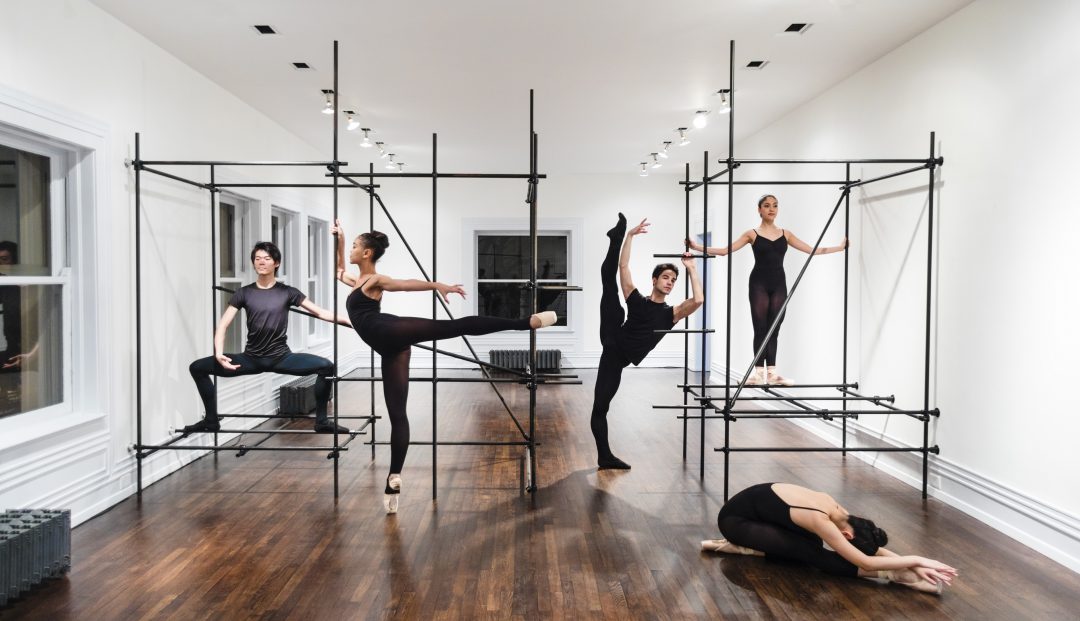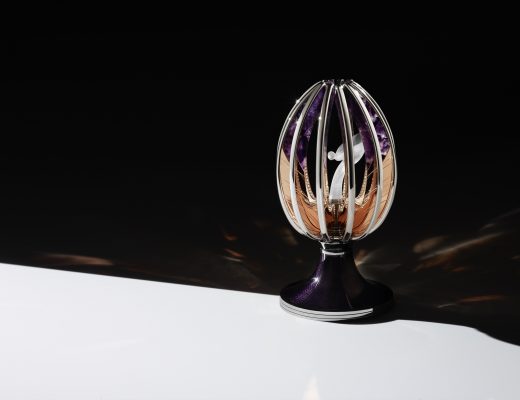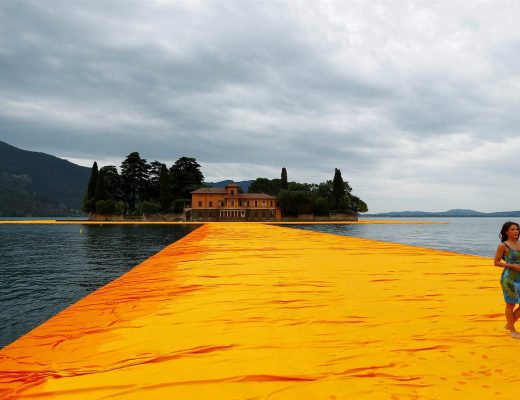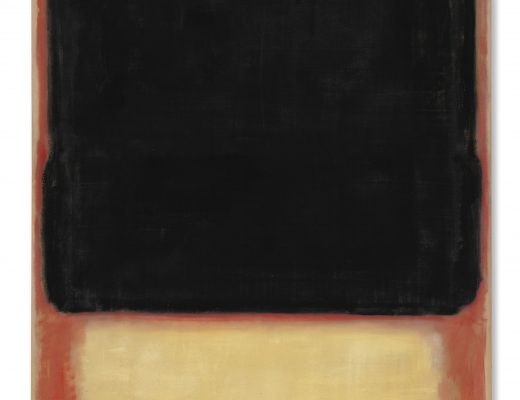Featuring 75 different artists and collectives, the Whitney Biennial, the longest running art exhibition in the country, has returned for the summer and is mesmerizing viewers.
Through its duration, the exhibit works to provide “a snapshot of art in the United States” for its viewers, but perhaps what is one of the most eye-catching aspects of the exhibition this year, is an installation created by Brendan Fernandes.
The installation titled The Master and Form, was originally showcased in 2018 at The Graham Foundation and explores the contrast between beauty and discipline in relation to classical ballet.
Having familiarized himself with this style of dance, on the museum’s website, Fernandes, a 39-year-old artist who was born in Nairobi, Kenya, but currently lives in Chicago, IL, discusses a desire to be critical of and to break down the binaries of race, class, and gender through his work.
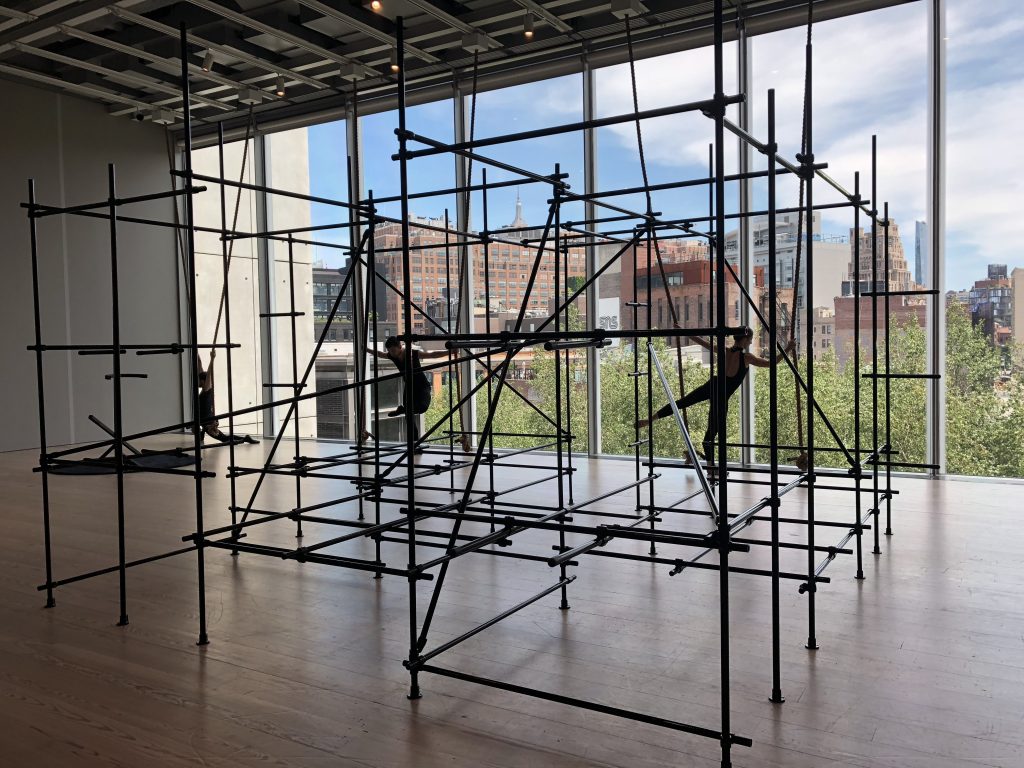
Located in a room separate from the other artworks in the exhibition, stepping into the installation as a viewer almost feels like you are entering a different world.
With a large industrial cage dominating the center of the room, at any moment there are five classically trained ballet dancers holding onto the 10 large ropes hanging from ceiling to floor in the back of the installation. While grasping one end of the rope with each hand, the dancers slowly and methodically move between different poses, showcasing their endurance and strength.
At certain moments, the dancers are given a cue to leave their position on the ropes and return to the cage placed at the center of the installation, which Fernandes describes as “a safe space for them to release their bodies.”
Jeremy White, a 22-year-old student studying art in Connecticut, ventured to the city for the day with some friends and decided to come to the Whitney and explore the exhibition, during which he took the time to step into and admire the installation by Fernandes.
“I ended up stepping into it with my friend and walking around,” says White. “I liked how [the ropes] were sitting on the track light and I was just thinking about the relationship between the utility of movement, or being attached to this track light.”
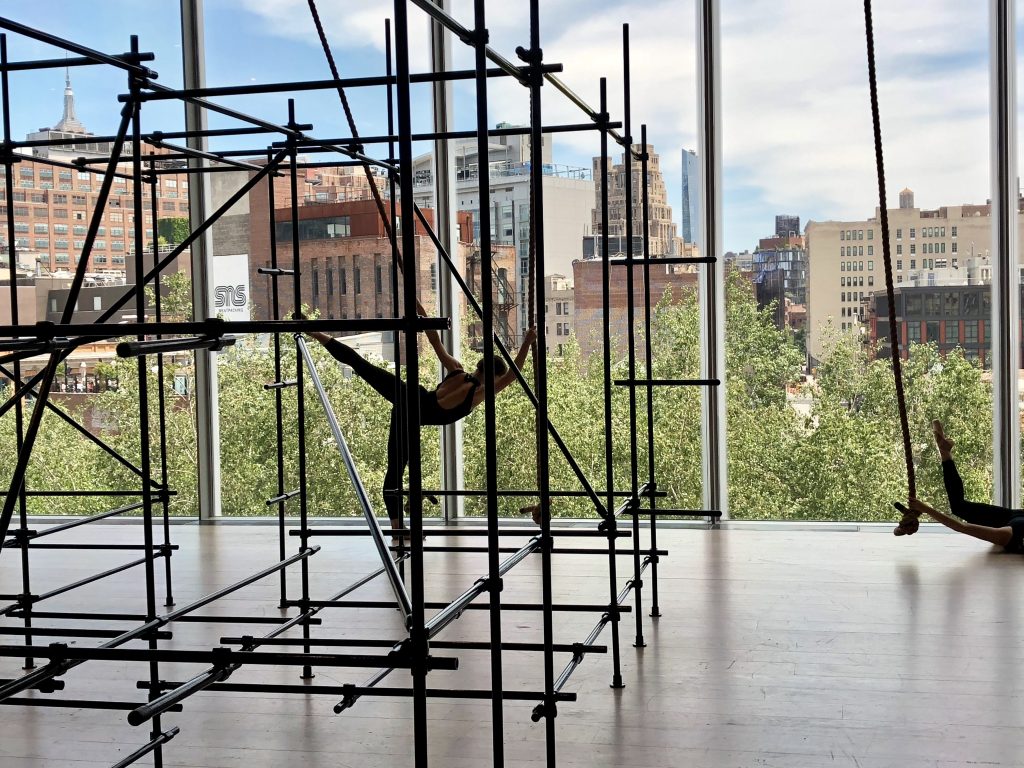
Since its opening in 1932 by the museum’s founder Gertrude Vanderbilt, the Whitney Biennial has worked to include a myriad of different works that are made available to the public every two years, ranging from paintings, sculptures, installations, film, photography, performance, and sound. The curators of the Biennial this year are Jane Panetta and Rujeko Hockley.
In addition to the work created by Fernandes, the Biennial also includes a number of other provocative artworks by artists like Kota Ezawa, Elle Pérez, and Jeffrey Gibson.
Admission to and guided tours of the Whitney Biennial are included with admission to the museum, and the installation by Fernandes is available to view on select Fridays, Saturdays, and Sundays until the exhibition ends on September 22, 2019.
Featured image courtesy of: Brendan Fernandes and Monique Meloche Gallery, Chicago. Photograph by Brendan Leo Merea. Provided via The Whitney Museum of Art.
Featured image description: Brendan Fernandes, The Master and Form, 2018. Performance view, Graham Foundation, Chicago, IL, 2018.

